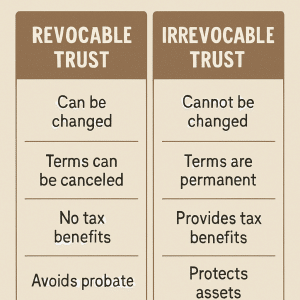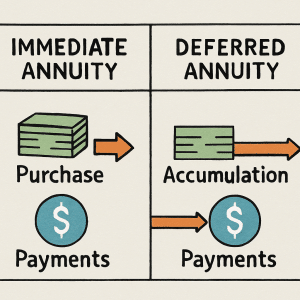What Is a Surrender Charge? Annuity Surrender Charge Explained
An annuity surrender charge is a fee the insurer may assess if you withdraw funds or surrender your contract during the surrender charge period. In some materials, especially variable annuities, it’s called a contingent deferred sales charge (CDSC).
How Do Surrender Charges Work?
- Surrender charge period: Commonly 5–10 years, varies by contract.
- Rolling surrender charges: Some contracts apply a separate CDSC schedule per premium.
- Declining schedule: Fees usually step down annually and then reach 0%.
Example surrender charge schedule
Example only. Actual schedules vary by product and contract.
Free Withdrawal Provisions: Your Annual “Penalty‑Free” Access
- Typical amount: Often up to 10% annually.
- Calculation: Based on accumulation, cash, or prior anniversary value depending on carrier.
- Taxes: Generally taxed as ordinary income; under 59½ may incur a 10% additional federal tax.
If you’re evaluating liquidity alongside benefit features, see our Comprehensive Annuity Income Rider Guide.
Surrender Charge Waivers: When Fees May Be Waived
- Required minimum distributions (RMDs)
- Death benefit payouts
- Certain annuitization events
- Nursing home or terminal illness waivers (state and product specific)
For “before you buy” timelines, review the Annuity Free Look Period.
Market Value Adjustment (MVA): The Rate‑Sensitive Adjustment
Some fixed and fixed indexed annuities include a market value adjustment during the surrender charge period. MVAs can increase or decrease the withdrawal value based on current interest rates versus your issue date and are separate from surrender charges.
How to Evaluate an Annuity Surrender Charge Schedule
- Length of surrender period
- Declining percentages over time
- Free withdrawal amount and basis
- Rolling CDSC on additional premium
- Included waivers and their triggers
- Interaction with riders
Comparing types? Read Fixed Annuity vs Indexed Annuity.
Common Use Cases Where Surrender Charges Matter
- Short horizon: Consider shorter schedules or MYGAs for 3–5 year needs.
- Laddering strategy: Stagger terms to phase liquidity.
- Emergency funds: Maintain external cash reserves.
- Replacement/1035: Review charges in the old contract and the new schedule.
Key Takeaways Before You Buy
- Match the surrender period to your liquidity needs. See Free Look Period.
- Use the free‑withdrawal allowance where available. See the Income Rider Guide.
- Keep a separate cash cushion.
- Read the fine print: rolling CDSCs, MVAs, waiver language. See MVA.
- Compare products and schedules. See Fixed vs Indexed.
FAQs About Annuity Surrender Charges
What is a surrender charge in an annuity?
A surrender charge is a fee the insurer may assess when you withdraw funds or surrender the contract during the surrender charge period.
How long do surrender charges last?
Commonly 5–10 years, sometimes shorter or longer by product. They typically decline each year until they reach zero.
What is a market value adjustment (MVA)?
An MVA is an interest‑rate‑based adjustment used by certain fixed and fixed indexed annuities during the surrender period. It can increase or decrease the withdrawal value and is separate from the surrender charge. Learn more: MVA explainer.
How can I avoid annuity surrender charges?
Use the contract’s free‑withdrawal provision, maintain separate emergency savings, align your annuity’s schedule with your timeline, and consider waiting until the surrender period ends.
Are withdrawals taxed?
Generally taxed as ordinary income; amounts withdrawn before age 59½ may incur an additional 10% federal tax. Consult a tax professional.
Compare Surrender Charge Schedules Side‑by‑Side
We’ll walk you through free‑withdrawal provisions, waivers, and MVA language in plain English.












